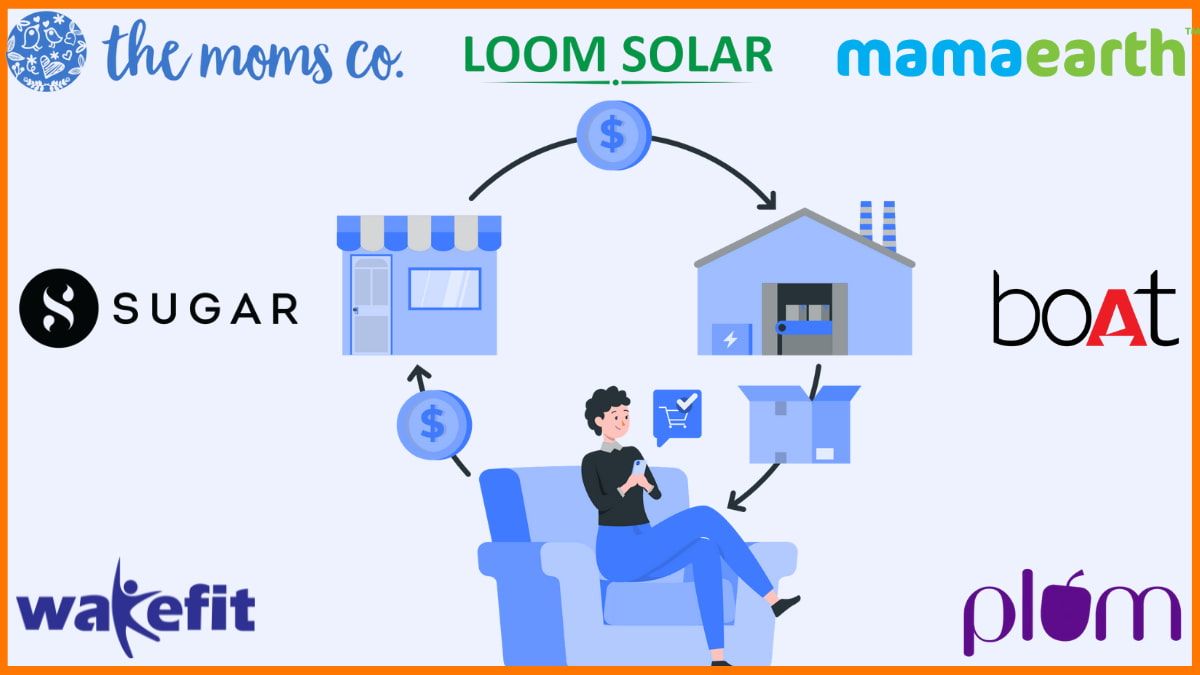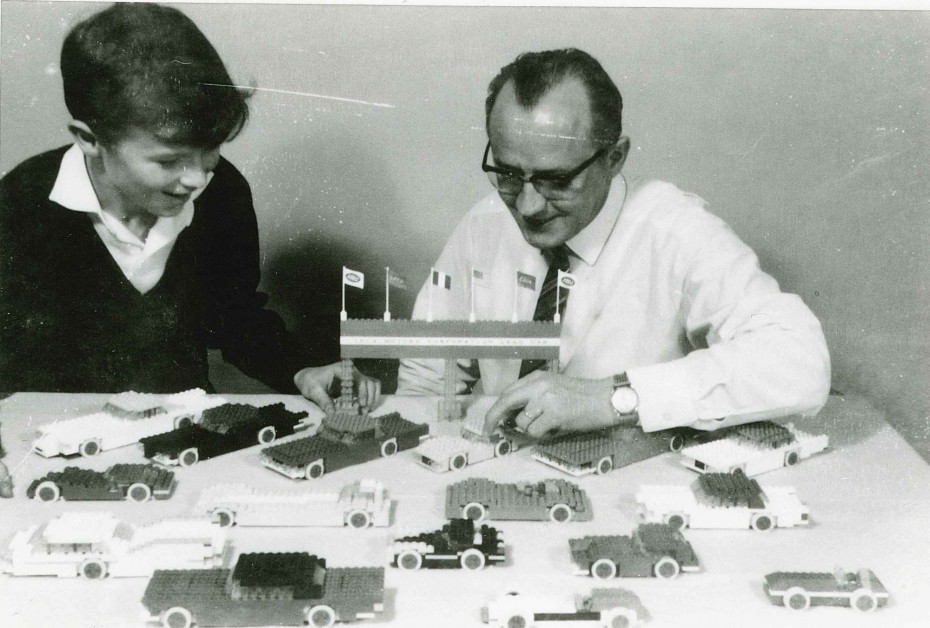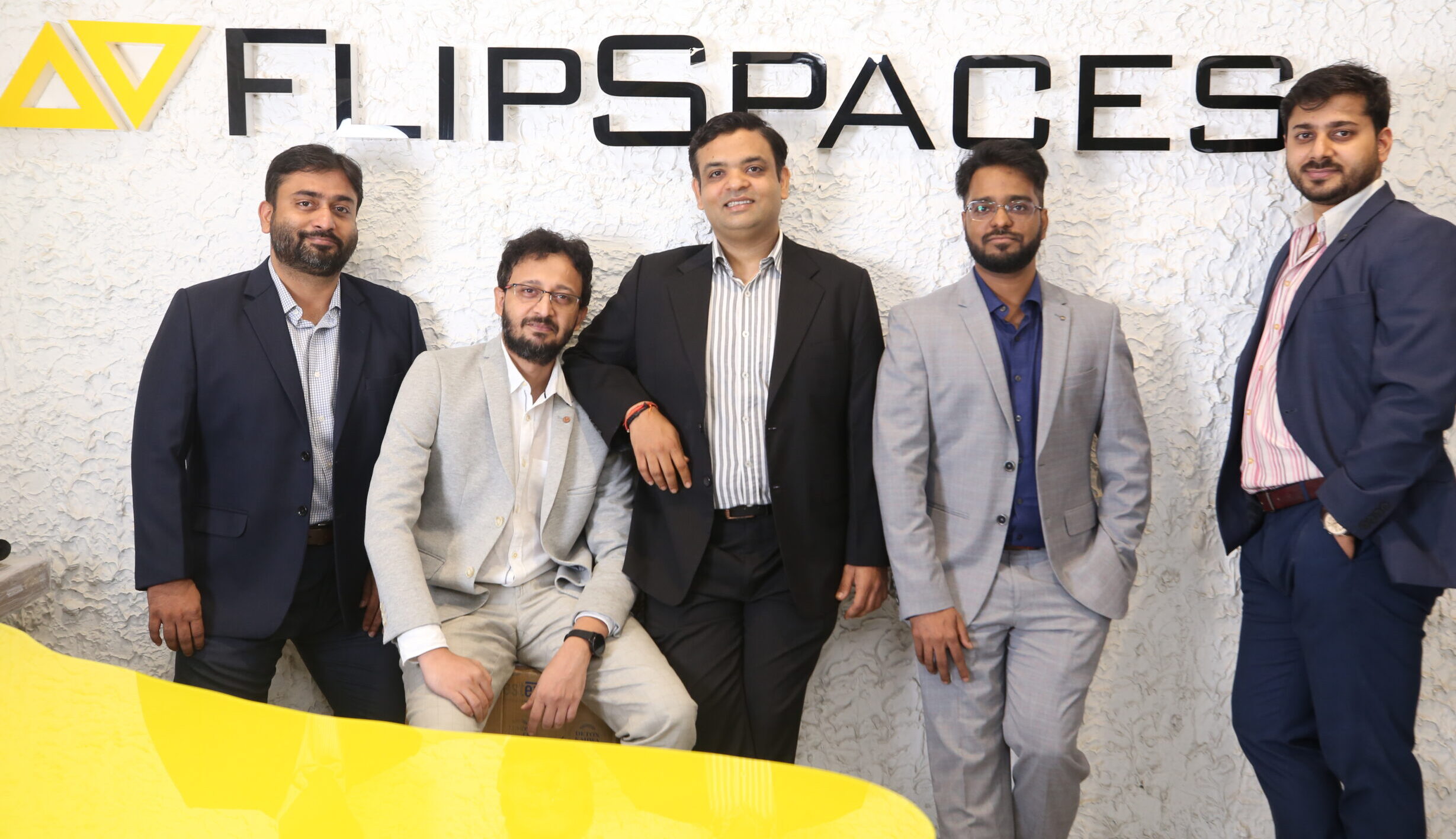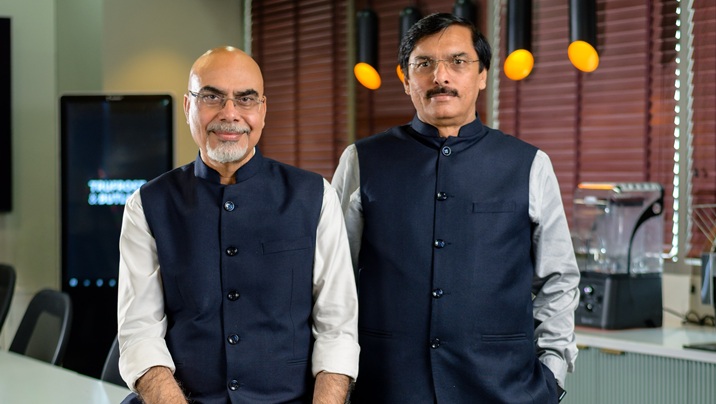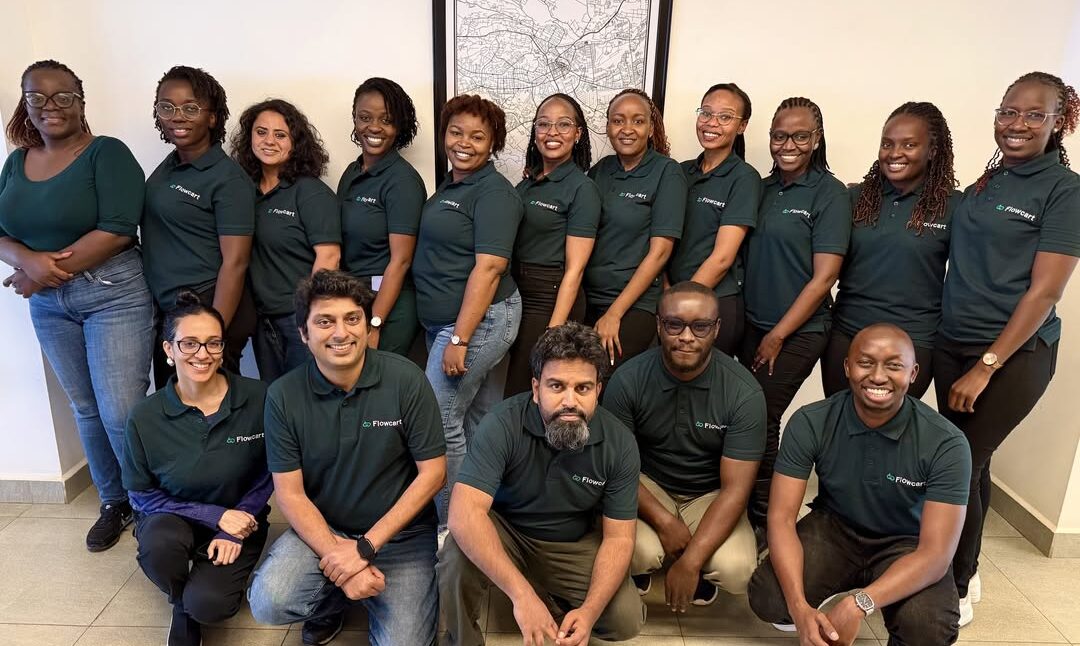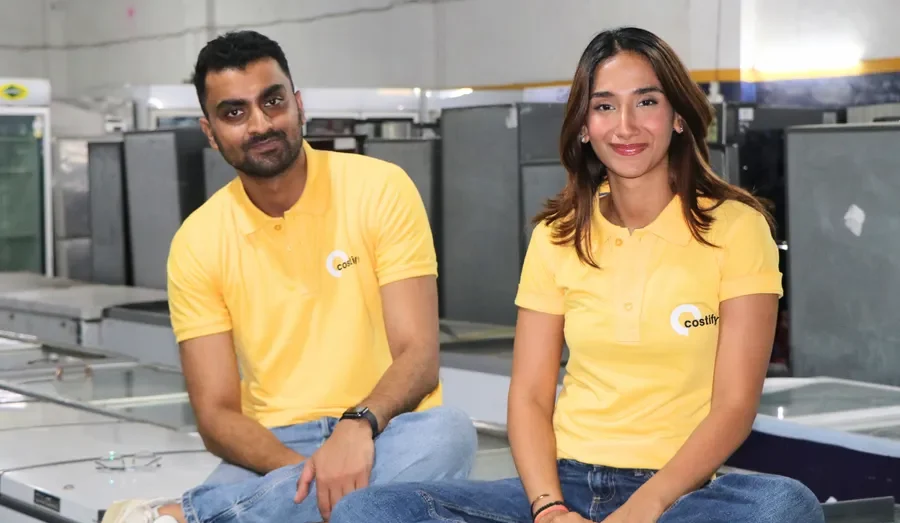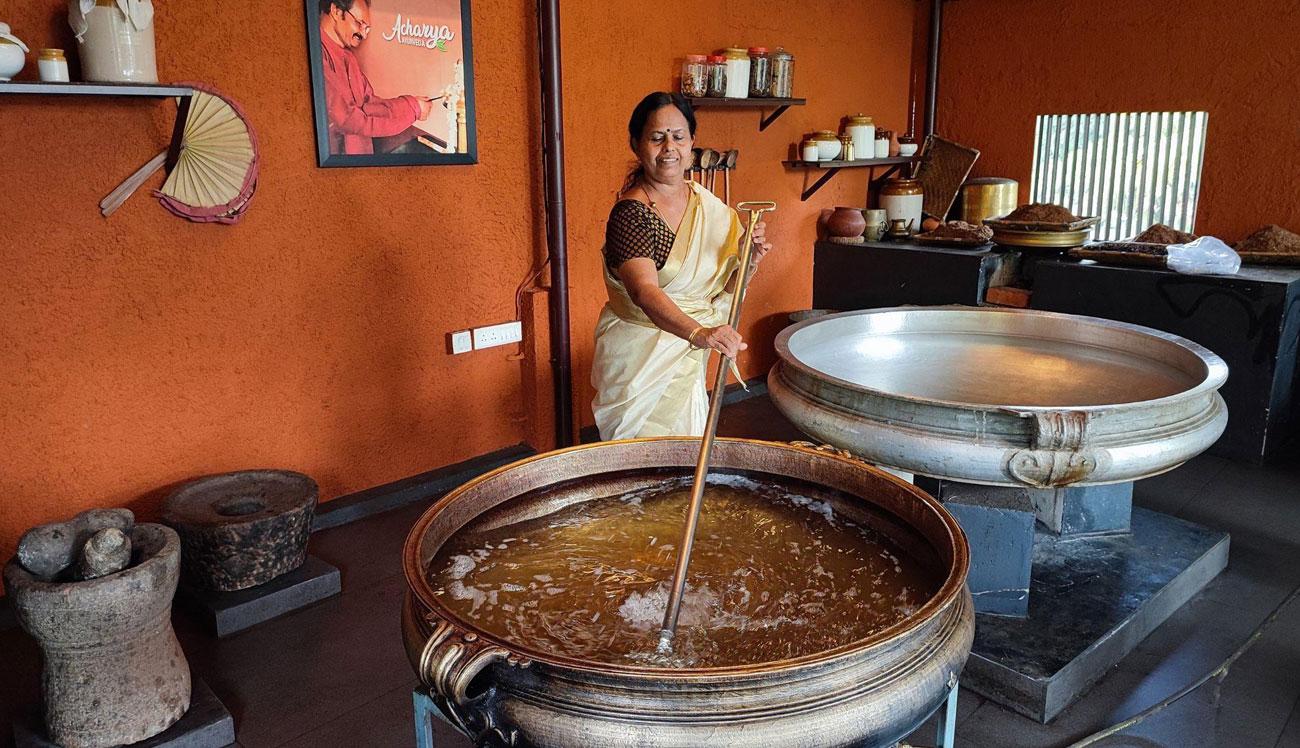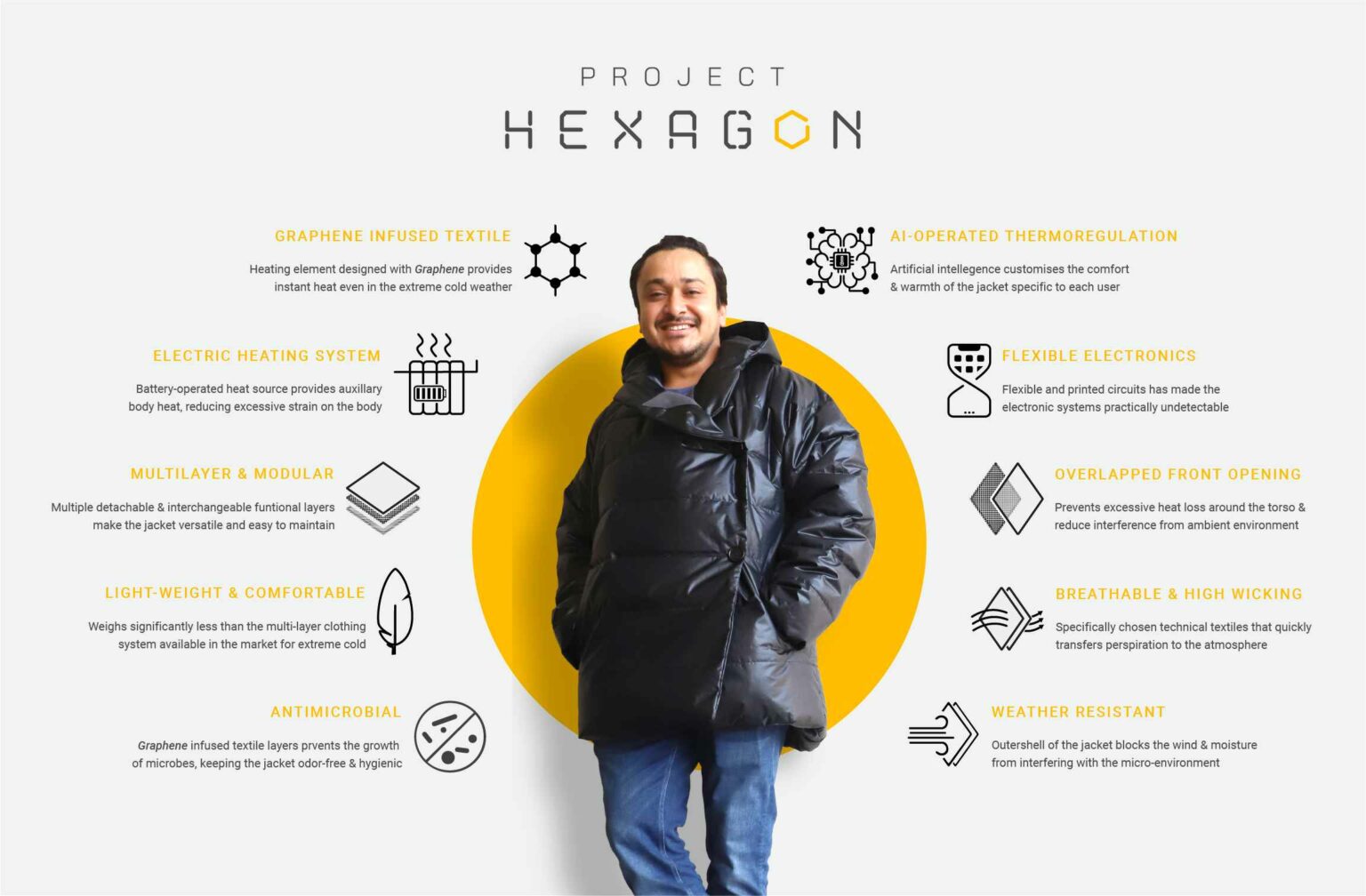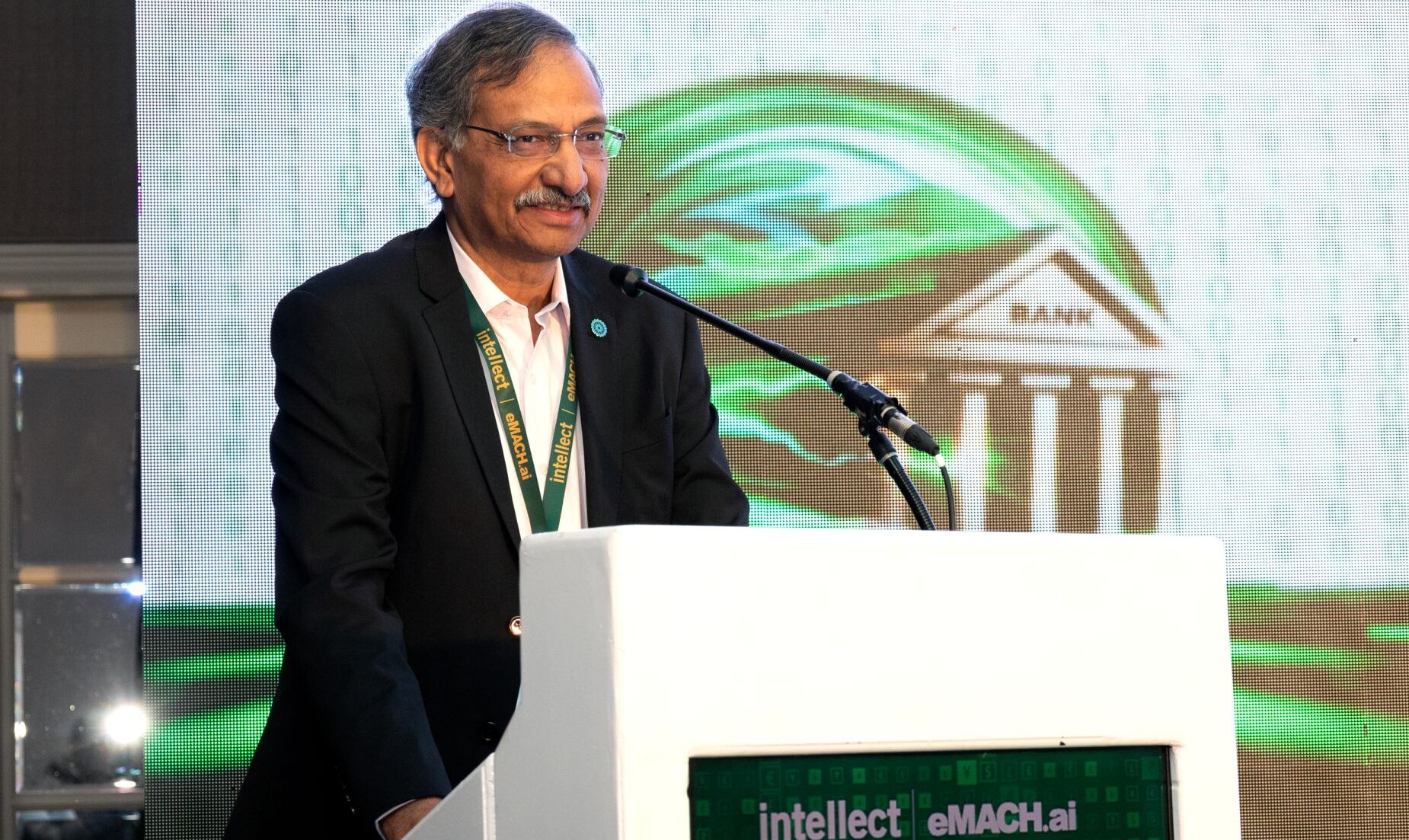India has over 1.4 billion people and more than 90,000 startups. Our middle class is spending more than ever before. Yet, just 10 direct-to-consumer (D2C) brands have crossed the ₹600 crore revenue mark. These brands are:
- Mamaearth
- Boat
- Veeba
- Atomberg
- Wakefit
- FirstCry
- Lenskart
- Country Delight
- Bluestone
- Curefoods
Why is this number so low, despite India’s massive potential? Let’s break it down in simple terms.
Product-Market Fit Isn’t Just About Revenue
Many startups think making a lot of money fast means they have something people want. But spending ₹400 crore to earn ₹100 crore isn’t a successful business. Real success comes from customers who come back again and again, not from big sales driven by discounts or marketing tricks. What matters is repeat customers and real demand, not just revenue at any cost.
Building a Brand on Burn Isn’t Sustainable
Some startups focus on “buying growth” , spending big on ads and discounts to get fast results. But when a company grows fast without a strong product or a solid team, problems show up. Weak supply chains, unorganized teams, and very low profit margins can cause a business to collapse when it tries to grow 10 times bigger. Real growth means being ready from the inside out.
Distribution is Still King in India
Being successful online is great, but it’s not enough in India. Most people still shop at kirana stores, local salons, mom-and-pop shops, and now on quick commerce apps. If your brand isn’t where everyday Indians shop, you won’t reach real scale. Real distribution means being everywhere, offline and online.
Category Discipline Makes a Big Difference
Every product is different. A recliner, a bottle of sauce, and a diamond pendant all have totally different prices, how they are bought, and how often people buy them. You can’t use the same strategies for all types of products. Many founders try to copy their playbook across all their products. Ignoring the small details in each product category is what keeps them from building a truly loyal customer base.
Momentum Isn’t the Same as Meaning
It’s easy to get excited by funding rounds, big news headlines, and going viral online. But the most successful consumer brands stay consistent, build trust, and work hard for years. Real brands survive even when there’s no extra investment or hype. The ones that only chase headlines often disappear when money dries up.
The Real Lesson
Building a great D2C brand in India takes time, patience, and careful planning. The select few in the ₹600 crore club have done it by focusing on real product-market fit, smart growth, strong distribution, and deep understanding of their customers. For other startups, the aim shouldn’t just be to grow fast, but to grow with substance and build lasting brands.
ALSO READ : Fix Your Diet, Not Supplements: Shashi Kumar









